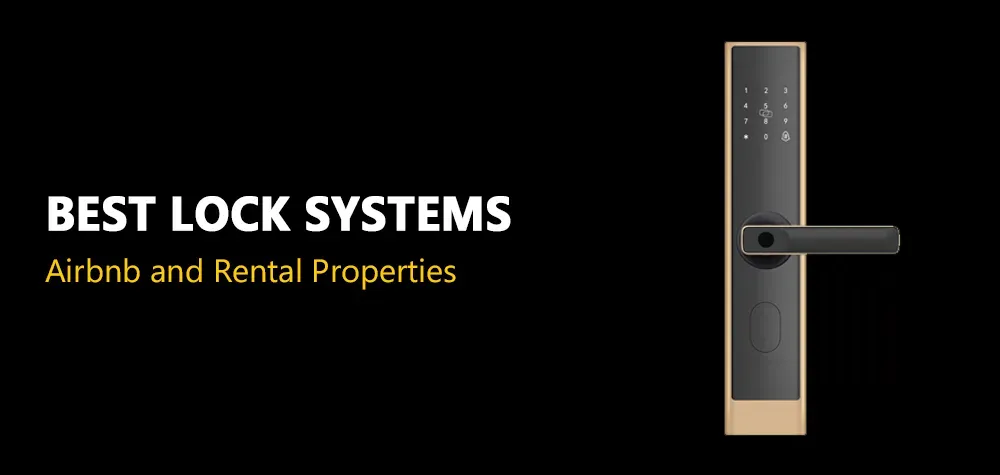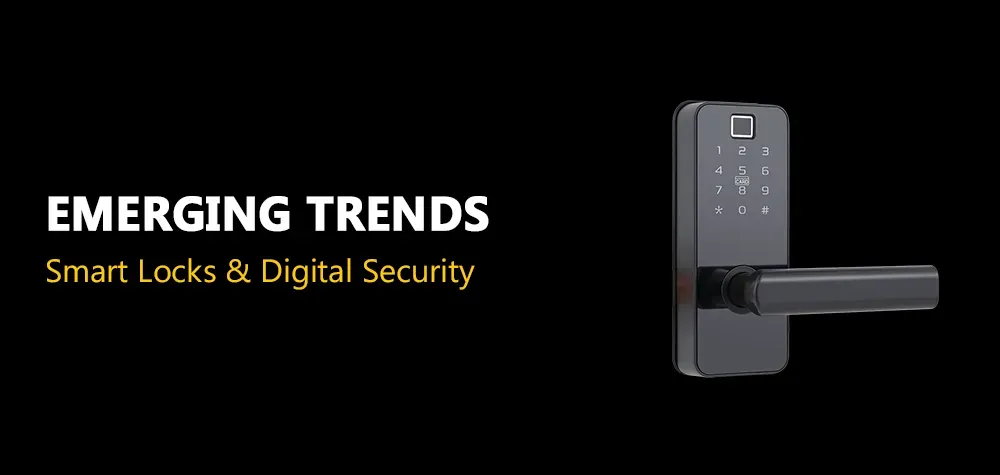Door Lock Problems You Must Address
Welcome to our guide on common door lock problems that demand your immediate attention. As experts in the field, we understand the paramount importance of secure door locks in safeguarding your property and loved ones. Every day, countless individuals rely on these humble mechanisms to protect what matters most, yet often overlook the warning signs of potential issues lurking within.
In this blog post, we aim to shed light on the critical aspects of door lock maintenance and troubleshooting. From jammed deadbolts to malfunctioning smart locks, no problem is too daunting for us to tackle together. By addressing these issues head-on, we empower ourselves to fortify the barriers that shield our homes and businesses from intruders and unforeseen dangers.
But beyond mere security concerns, the proper functioning of door locks embodies a sense of control and assurance—a fundamental aspect of our daily lives. Imagine the frustration of being locked out due to a broken key or the anxiety of knowing your door isn't fully secure. These scenarios underscore the urgency of proactively managing door lock problems before they escalate into full-blown crises.
Join us as we embark on a journey to unlock the mysteries of common door lock issues and equip ourselves with the knowledge and tools necessary to safeguard our spaces. Together, we can ensure that our doors remain not just barriers, but bastions of safety and peace of mind.
Overview of Common Types of Door Locks
When it comes to securing our homes and businesses, understanding the various types of door locks at our disposal is paramount. From traditional deadbolts to cutting-edge smart locks, each serves a unique purpose in fortifying our entrances. Let's begin with deadbolts, the stalwart guardians of security for generations. These robust locks, often found in residential settings, boast a simple yet effective design. Their solid metal bolts extend into the door frame, providing a sturdy barrier against forced entry. Knob locks, on the other hand, are more commonly seen in interior doors or as secondary security measures.
While convenient for their ease of use, they are inherently less secure than deadbolts due to their exposed key cylinders, making them susceptible to manipulation by experienced intruders.
Finally, smart locks represent the latest evolution in door security, offering unparalleled convenience and control. By integrating with our smartphones or home automation systems, smart locks grant us the ability to monitor and manage access remotely, revolutionizing the way we interact with our doors.
Identification of Prevalent Issues Encountered with Each Type
Despite their differences, all types of door locks are susceptible to a range of common issues that can compromise their effectiveness. Jammed or stuck locks, for instance, are a frequent nuisance encountered with both deadbolts and knob locks. Whether due to debris accumulation, worn components, or misalignment, a jammed lock can leave us feeling vulnerable and frustrated. Key-related problems are another headache homeowners often face, particularly with traditional locks.
Broken keys lodged in keyways or lost keys that fall into the wrong hands can spell disaster if not addressed promptly. Misaligned strike plates pose yet another challenge, causing difficulty in latching or locking doors properly. This misalignment can result from improper installation or wear and tear over time. Faulty latch mechanisms can render even the most robust deadbolts ineffective, allowing doors to be easily bypassed by determined intruders.
Finally, electronic malfunctions in smart locks can occur due to software glitches, connectivity issues, or power failures, leaving us locked out or vulnerable to unauthorized access. Understanding these prevalent issues is the first step toward effectively addressing and resolving them to ensure our doors remain impenetrable fortresses of security.
Jammed or Stuck Locks
Few things are more frustrating than encountering a jammed or stuck lock, rendering our trusted security measures useless in an instant. This common problem can occur for a variety of reasons, ranging from simple debris buildup within the lock mechanism to more complex issues like misalignment or internal component failure. In the case of deadbolts, for example, a jammed lock may result from a misaligned bolt or strike plate, preventing smooth operation. Similarly, knob locks can become stuck due to worn-out internal components or accumulated grime inhibiting the turning mechanism. Addressing these issues requires a systematic approach, starting with a thorough inspection to identify the root cause of the problem. From there, carefully cleaning and lubricating the affected parts can often restore smooth operation, while adjustments to strike plate alignment or replacement of worn components may be necessary for more severe cases. By proactively addressing jammed or stuck locks, we can ensure that our entrances remain secure and functional, providing peace of mind for ourselves and our loved ones.
Key-Related Problems (e.g., Broken Keys, Lost Keys)
In the realm of door lock problems, key-related issues rank among the most common and vexing challenges faced by homeowners and property managers alike. Whether it's a broken key snapped off inside the lock cylinder or the heart-stopping realization that our keys have gone missing, these scenarios can quickly escalate from minor inconveniences to full-blown security risks. Dealing with a broken key lodged in a lock requires delicate precision to safely extract the broken piece without causing further damage to the lock mechanism. Specialized tools and techniques, such as key extraction kits or locksmith services, may be necessary to effectively resolve this issue.
Similarly, addressing lost keys demands swift action to mitigate the risk of unauthorized access to our homes or businesses. Rekeying the affected locks or investing in a lock replacement can provide a much-needed sense of security and control, ensuring that only authorized individuals have access to our spaces. By confronting key-related problems head-on and implementing proactive solutions, we can safeguard our properties and maintain the integrity of our door lock systems for years to come.
Misaligned Strike Plates
Often overlooked but crucial to the proper functioning of door locks, strike plates play a vital role in ensuring the security of our entrances. However, misalignment of these small but essential components can lead to significant issues, such as difficulty in fully closing or locking doors. This misalignment can occur over time due to settling of the building structure, repeated use of the door, or improper installation. Regardless of the cause, the consequences remain the same: compromised security and increased vulnerability to unauthorized entry.
Fortunately, addressing misaligned strike plates is a relatively straightforward process that can yield significant improvements in door lock performance. By carefully adjusting the position of the strike plate and ensuring proper alignment with the latch or bolt, we can restore smooth operation and enhance the overall security of our doors.
In cases where misalignment is severe or persistent, replacing the strike plate altogether may be necessary to achieve optimal results. With attention to detail and a commitment to maintaining secure entrances, we can mitigate the risks associated with misaligned strike plates and enjoy greater peace of mind in our daily lives.
Faulty Latch Mechanisms
At the heart of every door lock lies the latch mechanism, responsible for securely fastening the door in place and preventing unauthorized access. However, over time, these mechanisms can succumb to wear and tear, leading to a range of issues that compromise their effectiveness. A faulty latch mechanism may manifest in various ways, from difficulty in fully engaging the latch to complete failure to secure the door.
This not only poses a security risk but also undermines the functionality and convenience of the door lock system as a whole. To address faulty latch mechanisms, a systematic approach is required, starting with a comprehensive inspection to identify the underlying cause of the problem. In some cases, simple adjustments or lubrication of the latch mechanism may be sufficient to restore proper operation.
However, more severe issues, such as damaged or worn-out components, may necessitate replacement of the latch mechanism entirely. By promptly addressing faulty latch mechanisms and implementing appropriate solutions, we can ensure that our doors remain reliably secure and functional, providing peace of mind and protection for ourselves and our loved ones.
Electronic Malfunctions in Smart Locks
In our ever-evolving digital age, smart locks represent the pinnacle of convenience and security, offering advanced features such as remote access control and activity monitoring. However, like any technology, smart locks are not immune to malfunctions that can disrupt their operation and compromise our safety. Electronic malfunctions in smart locks can manifest in various forms, ranging from connectivity issues and software glitches to hardware failures. For instance, a loss of internet connectivity may render remote access features temporarily inaccessible, while a software bug could cause the lock to behave erratically or fail to respond to commands.
Additionally, hardware malfunctions such as a malfunctioning motor or sensor can prevent the lock from operating as intended, leaving us locked out or vulnerable to unauthorized entry. Addressing electronic malfunctions in smart locks requires a combination of troubleshooting techniques and technical expertise.
In some cases, a simple reset or firmware update may resolve the issue, while more complex problems may require professional intervention from a locksmith or manufacturer support. By staying vigilant and proactive in monitoring the health of our smart lock systems, we can minimize the risk of electronic malfunctions and ensure that our entrances remain secure and accessible at all times.
Troubleshooting and Solutions
A. Jammed or Stuck Locks
- Using Lubricants to Loosen Mechanisms: When faced with a jammed or stuck lock, one of the first troubleshooting steps is to apply lubricants to the affected areas. Lubricants such as graphite powder or silicone spray can penetrate the lock mechanism, reducing friction and allowing the components to move more freely. To apply the lubricant, insert the nozzle into the keyway and spray a small amount directly onto the internal components. Then, insert and remove the key several times to distribute the lubricant evenly. With patience and persistence, the lock should gradually loosen, restoring smooth operation without the need for disassembly or extensive repairs.
- Adjustment of Latch or Strike Plate Alignment: Another common cause of jammed locks is misalignment between the latch and the strike plate. This misalignment can prevent the latch from properly engaging with the strike plate, resulting in difficulty in locking or unlocking the door. To address this issue, carefully inspect the alignment of the latch and strike plate and make adjustments as needed. Using a screwdriver, loosen the screws securing the strike plate to the door frame and reposition it slightly to align with the latch. Once properly aligned, tighten the screws securely to ensure a snug fit. Additionally, check for any obstructions or debris hindering the movement of the latch and remove them if necessary. By correcting the alignment of the latch and strike plate, you can restore proper function to the lock and prevent future jamming issues.
B. Key-Related Problems
- Retrieval Techniques for Broken Keys: Breaking a key off inside a lock can be a frustrating experience, but there are several techniques you can use to retrieve the broken piece and restore access to the lock. One method involves using needle-nose pliers or tweezers to grasp the broken end of the key and carefully pull it out of the keyway. Alternatively, you can try using a small hook or extractor tool specifically designed for key removal. Insert the hook into the keyway alongside the broken key fragment and gently maneuver it to catch onto the edge of the key. With a steady hand, slowly pull the broken key fragment out of the lock. If these methods prove unsuccessful, it may be necessary to disassemble the lock or seek assistance from a professional locksmith.
- Rekeying or Replacing Locks for Lost Keys: Losing a key can compromise the security of your property, necessitating prompt action to prevent unauthorized access. One solution is to rekey the affected lock, which involves changing the internal pins or tumblers to accept a new key while retaining the existing lock hardware. To rekey a lock, remove the cylinder from the door and replace the pins according to the specifications of the new key. Alternatively, if rekeying is not feasible or cost-effective, you may opt to replace the entire lock mechanism with a new one. This provides added security and peace of mind, knowing that only authorized individuals have access to your property. When selecting a new lock, choose a high-quality, durable option that meets your security needs and complements the aesthetics of your door. By addressing key-related problems promptly and effectively, you can maintain the security of your property and prevent unauthorized entry.
C. Misaligned Strike Plates
- Realignment Methods for Proper Engagement: Misaligned strike plates can cause door locks to malfunction by preventing the latch from fully engaging with the strike plate, compromising security and creating inconvenience. Fortunately, realigning the strike plate is a relatively simple yet effective solution to this common problem. Begin by examining the alignment of the latch and strike plate to identify any discrepancies. Using a screwdriver, loosen the screws securing the strike plate to the door frame. With gentle pressure, reposition the strike plate so that it aligns perfectly with the latch. Ensure that there is minimal gap between the latch and the strike plate when the door is closed. Once aligned, tighten the screws securely to hold the strike plate in place. Test the lock to verify that the latch engages smoothly with the strike plate, ensuring proper door closure and security. By realigning the strike plate, you can eliminate misalignment issues and restore optimal functionality to your door lock system.
- Replacement if Necessary: In some cases, misaligned strike plates may be too damaged or worn to be effectively realigned, necessitating replacement to ensure proper engagement and security. If attempts to realign the strike plate prove unsuccessful or if the plate is visibly damaged or corroded, replacement may be the best course of action. Begin by removing the existing strike plate from the door frame using a screwdriver to loosen the screws. Take note of the dimensions and hole placements of the old strike plate to ensure compatibility with the replacement. Select a new strike plate that matches the specifications of your door lock system and is made of durable materials for long-lasting performance. Position the new strike plate over the existing screw holes and align it with the latch. Secure the new strike plate in place by tightening the screws firmly. Test the lock to ensure that the latch engages smoothly with the new strike plate and that the door closes securely. By replacing misaligned or damaged strike plates, you can maintain the integrity of your door lock system and enhance the security of your property.
D. Faulty Latch Mechanisms
- Inspection and Repair of Internal Components: A faulty latch mechanism can compromise the security and functionality of your door lock, making it essential to inspect and repair any internal components that may be contributing to the problem. Begin by removing the lock cylinder from the door to access the latch mechanism. Carefully examine the latch and surrounding components for signs of wear, damage, or misalignment. Common issues that may cause latch failure include broken springs, worn-out pins, or misaligned strike plates. If any components are damaged or worn, carefully remove them and replace them with new parts compatible with your lock system. Additionally, clean and lubricate the internal components to ensure smooth operation and prevent future issues. Once repairs are complete, reinstall the lock cylinder in the door and test the latch to verify that it engages properly with the strike plate. By inspecting and repairing faulty latch mechanisms, you can restore the security and functionality of your door lock system.
- Replacement of Damaged Parts: In cases where internal components of the latch mechanism are severely damaged or beyond repair, replacement may be necessary to restore optimal performance. Begin by identifying the specific parts of the latch mechanism that are damaged or malfunctioning, such as broken springs, worn-out pins, or damaged latch plates. Purchase replacement parts that are compatible with your lock system and designed to meet the manufacturer's specifications. Carefully remove the damaged parts from the latch mechanism and replace them with the new components, ensuring proper alignment and installation. Test the latch to verify that it engages smoothly with the strike plate and that the door closes securely. By replacing damaged parts of the latch mechanism, you can prolong the lifespan of your door lock system and maintain the security of your property.
E. Electronic Malfunctions in Smart Locks
- Resetting the Lock System: Electronic malfunctions in smart locks can occur for a variety of reasons, such as software glitches, connectivity issues, or power failures. In many cases, performing a reset of the lock system can resolve these issues and restore normal operation. Begin by referring to the manufacturer's instructions for your smart lock model to determine the proper reset procedure. This may involve pressing a combination of buttons on the lock or using a reset tool provided by the manufacturer. Follow the instructions carefully to initiate the reset process and wait for the lock to complete the reset sequence. Once reset, reconfigure any settings or access codes as needed and test the lock to ensure that it operates correctly. By performing a reset of the lock system, you can often resolve electronic malfunctions and restore reliable performance to your smart lock.
- Updating Firmware or Software: Another common cause of electronic malfunctions in smart locks is outdated firmware or software. Manufacturers regularly release updates to address bugs, improve performance, and enhance security, so it's essential to keep your smart lock's firmware and software up to date. Check the manufacturer's website or app for any available updates for your lock model and follow the instructions to download and install the latest firmware or software version. Be sure to follow the update process carefully and allow sufficient time for the update to complete. Once updated, test the lock to ensure that it operates correctly and that any previously experienced issues have been resolved. By keeping your smart lock's firmware and software up to date, you can mitigate the risk of electronic malfunctions and ensure optimal performance and security.
- Contacting Manufacturer Support for Advanced Troubleshooting: If electronic malfunctions persist despite troubleshooting steps such as resetting the lock system and updating firmware or software, it may be necessary to seek assistance from the manufacturer's support team for advanced troubleshooting. Many smart lock manufacturers offer customer support services, including phone, email, or live chat support, to help diagnose and resolve technical issues. Contact the manufacturer's support team and provide them with detailed information about the nature of the problem you're experiencing, as well as any troubleshooting steps you've already taken. Be prepared to provide the lock's model number, serial number, and any error codes or messages displayed by the lock. The manufacturer's support team can offer personalized assistance and guidance to help diagnose the issue and recommend appropriate solutions. By reaching out to manufacturer support for advanced troubleshooting, you can expedite the resolution of electronic malfunctions and ensure that your smart lock operates reliably and securely.
Preventive Measures for Long-Term Maintenance
A. Regular Inspection of Door Locks and Hardware
Regular inspection of door locks and hardware is essential for identifying potential issues before they escalate into significant problems. Conduct periodic visual inspections of all locks and their associated hardware, including strike plates, hinges, and screws. Look for signs of wear, corrosion, or misalignment that may indicate impending issues. Test the operation of each lock to ensure that it engages smoothly and securely. Pay particular attention to any unusual noises or resistance when turning the key or operating the handle. Addressing minor issues early can prevent more significant problems and prolong the lifespan of your door lock system.
Read more about the Importance of Regular Lock Maintenance!
B. Routine Lubrication and Cleaning
Routine lubrication and cleaning are essential for maintaining the smooth operation of door locks and prolonging their lifespan. Over time, dirt, dust, and debris can accumulate within the lock mechanism, causing friction and hindering movement. Regularly clean the exterior of the lock with a mild detergent and warm water, taking care to remove any buildup around the keyway or handle. Additionally, apply a small amount of lubricant, such as graphite powder or silicone spray, to the keyway and internal components of the lock. This will help reduce friction and prevent corrosion, ensuring smooth operation and preventing premature wear and tear.
C. Key Management Strategies to Prevent Loss or Breakage
Implementing key management strategies is crucial for preventing loss or breakage of keys, which can compromise the security of your property. Designate a specific location, such as a key rack or drawer, for storing keys when not in use. Avoid leaving keys in easily accessible or visible areas that may attract unwanted attention from potential intruders. Consider investing in key accessories, such as keychains or key holders, to keep track of multiple keys and prevent them from getting lost or misplaced. If you have multiple occupants or employees with access to the property, establish clear protocols for key distribution and return to minimize the risk of loss or theft.
D. Upgrading to High-Quality, Durable Locks
Upgrading to high-quality, durable locks is one of the most effective ways to enhance the security of your property and prevent door lock problems. Invest in locks made from robust materials, such as solid brass or stainless steel, that are resistant to corrosion and tampering. Choose locks with advanced security features, such as anti-pick pins, hardened steel inserts, or bump-resistant cylinders, to deter intruders and withstand forced entry attempts. Consider upgrading to smart locks, which offer additional convenience and security features such as remote access control and activity monitoring. By investing in high-quality, durable locks, you can protect your property and valuables against unauthorized access and ensure peace of mind for yourself and your loved ones.
E. Consideration of Professional Locksmith Services for Maintenance and Repairs
For comprehensive maintenance and repairs of your door lock system, consider enlisting the services of a professional locksmith. Locksmiths are trained and experienced in diagnosing and resolving a wide range of door lock problems, from minor issues like stuck locks to more complex electronic malfunctions. A locksmith can perform regular maintenance tasks such as lubrication, cleaning, and adjustment to keep your locks operating smoothly and prevent potential problems. In the event of a lockout or emergency, a locksmith can provide prompt assistance and expert solutions to regain access to your property safely and efficiently. Additionally, locksmiths can offer valuable advice on security upgrades and recommend the best locks for your specific needs and budget. By relying on professional locksmith services for maintenance and repairs, you can ensure the longevity and reliability of your door lock system and maintain the security of your property.
Conclusion:
In conclusion, maintaining secure door lock systems is essential for protecting your property and ensuring peace of mind. By promptly addressing door lock problems, implementing preventive measures, and seeking professional assistance when needed, you can enhance the security and functionality of your entrances. Brothers Locksmith is dedicated to providing expert advice and services to help you safeguard your home or business. Remember, your security is our priority. Contact us today for all your door lock needs.
Call Us Any Time!
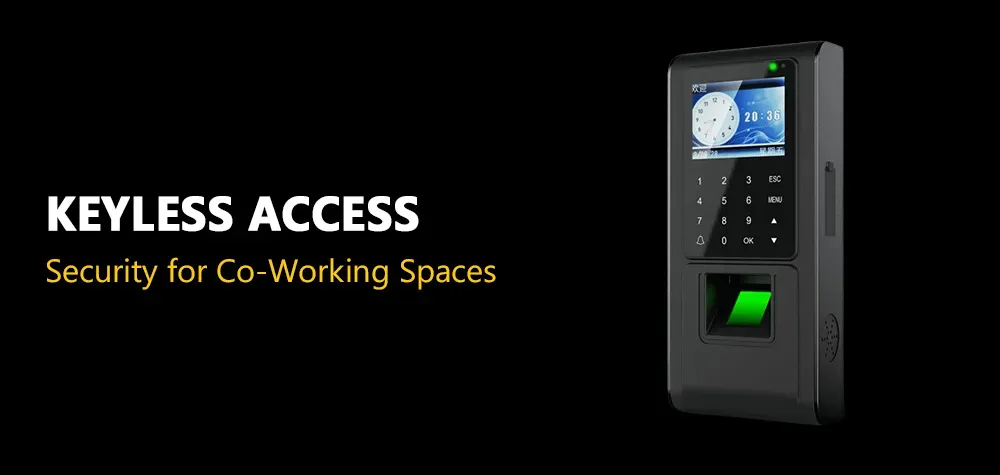
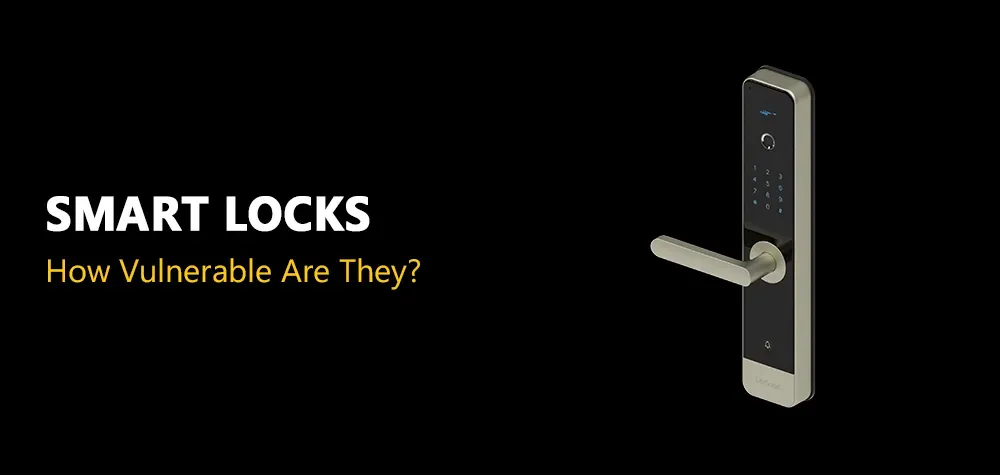
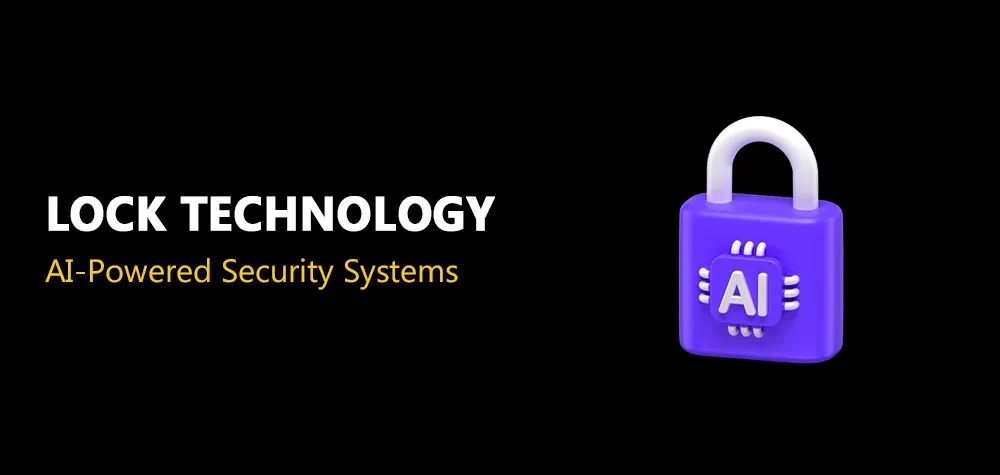
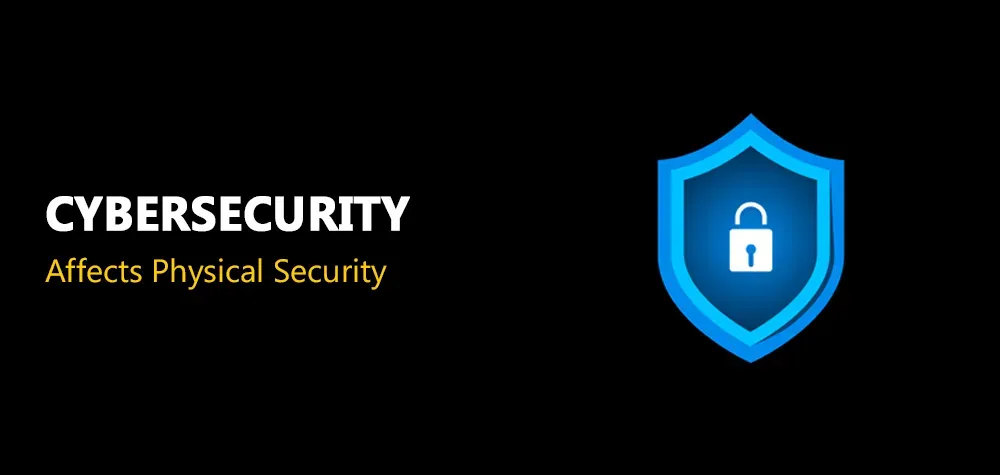
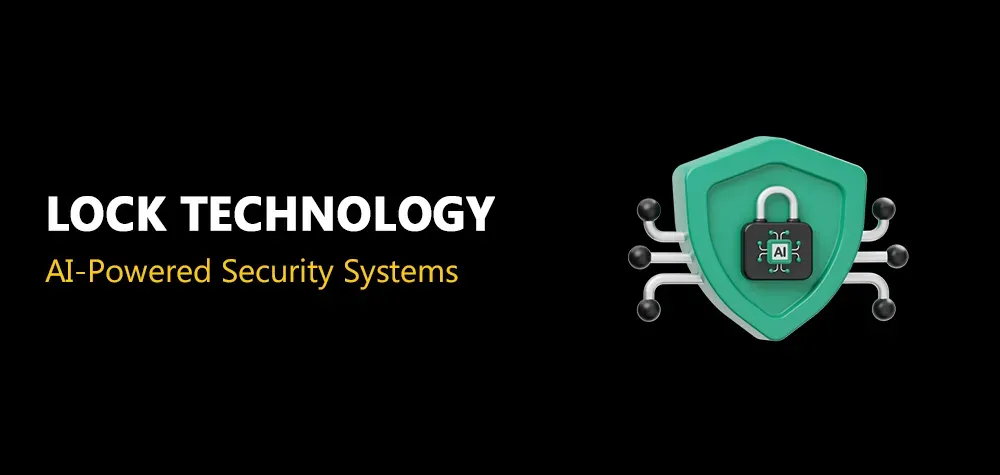
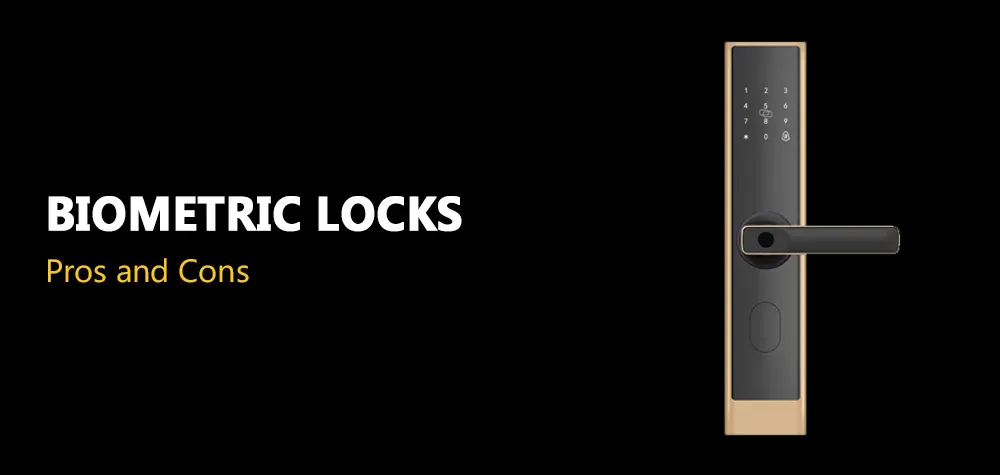
BROTHERS LOCKSMITH
All Rights Reserved | brothers-locksmith.com
Privacy Policy


